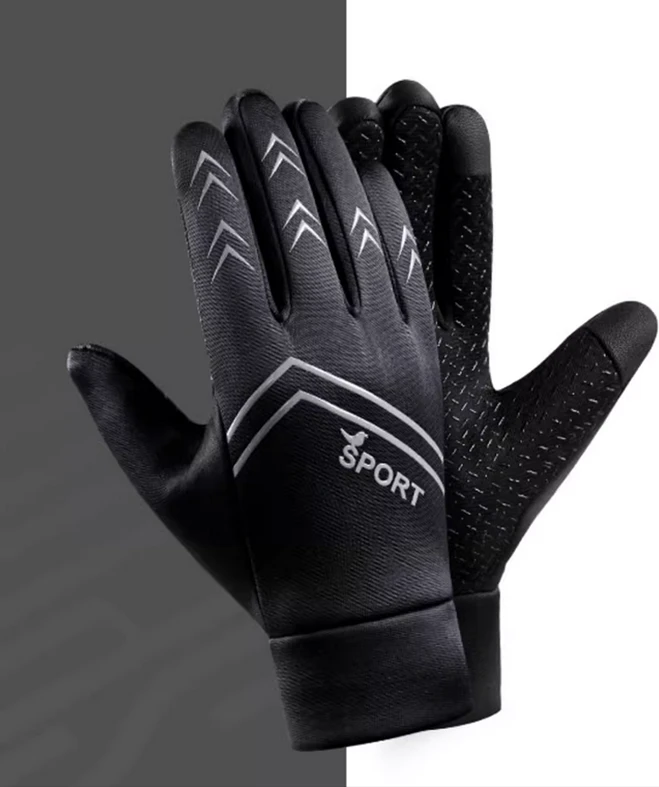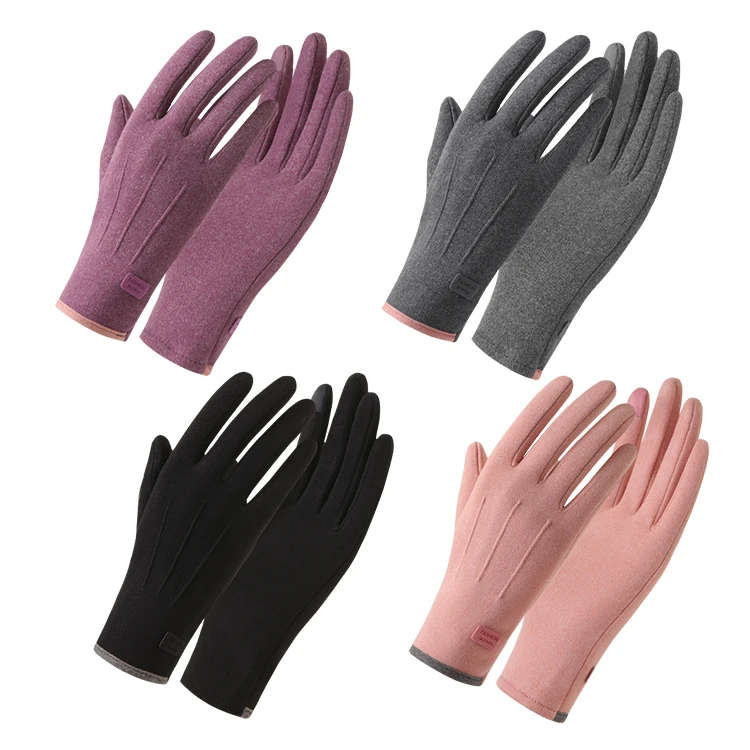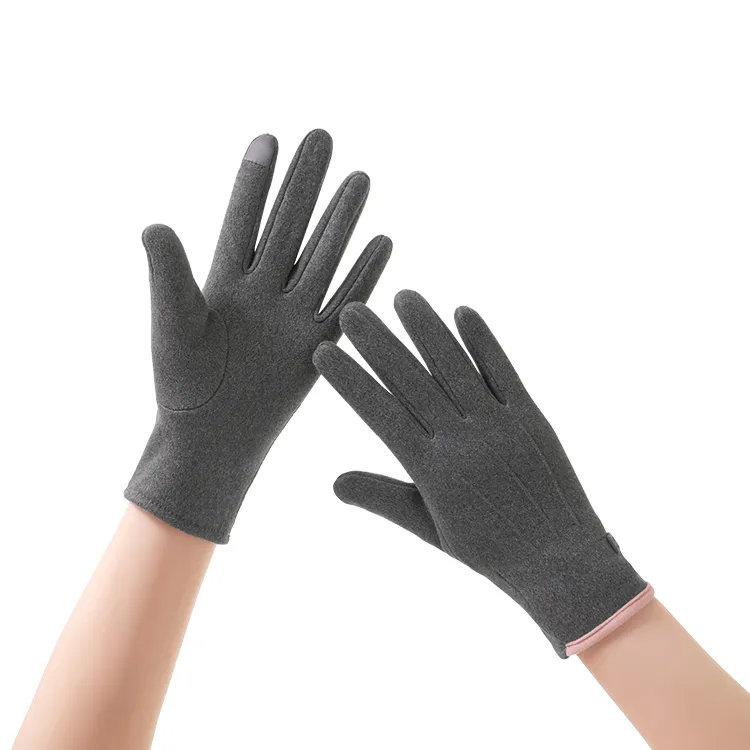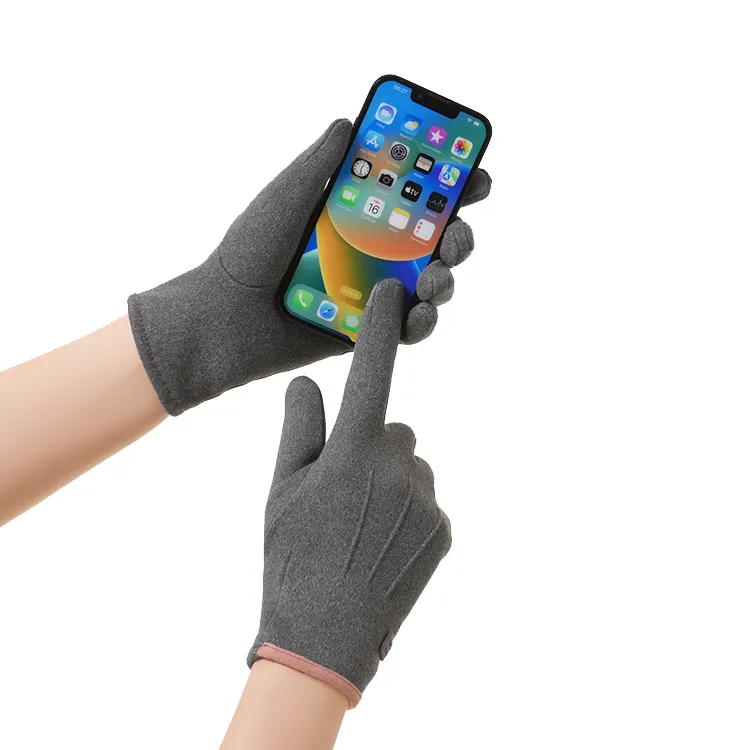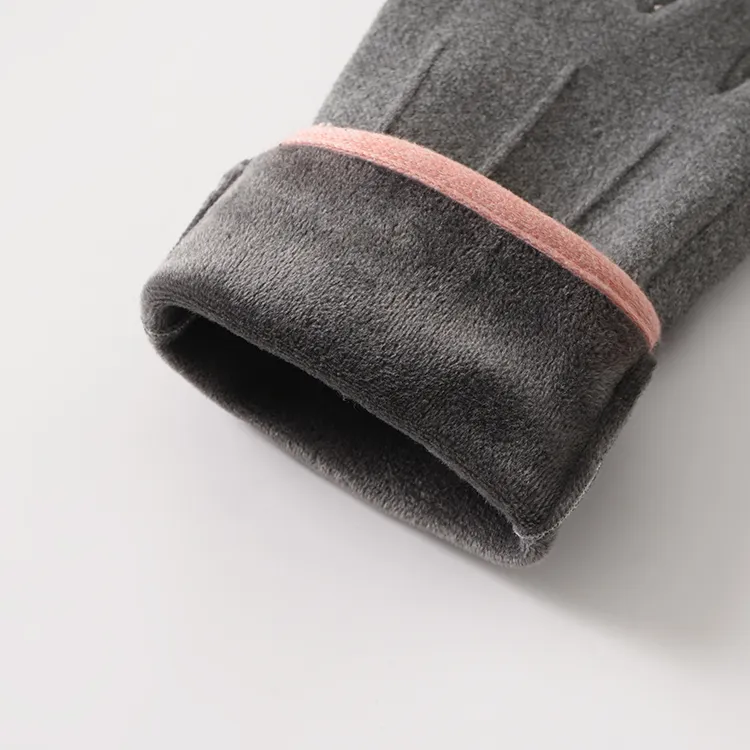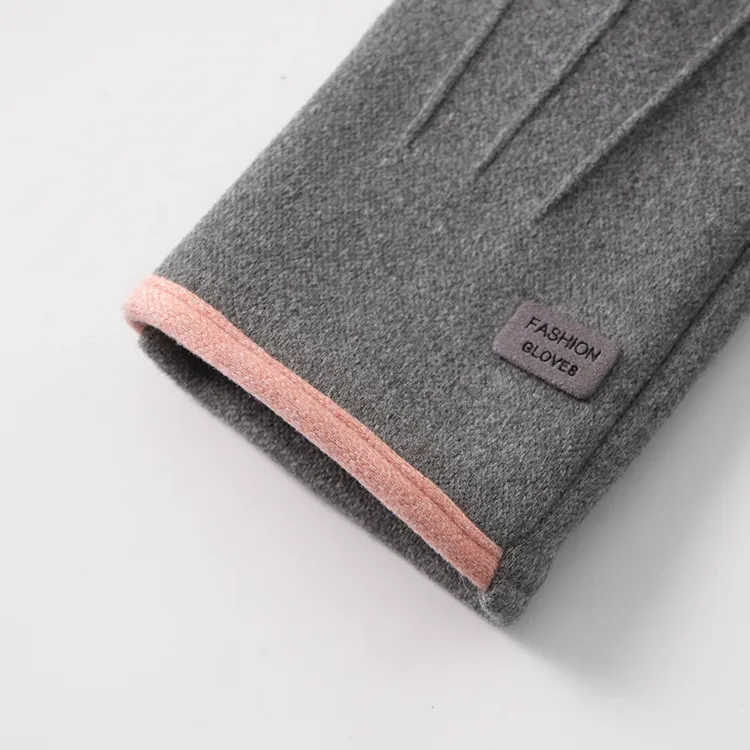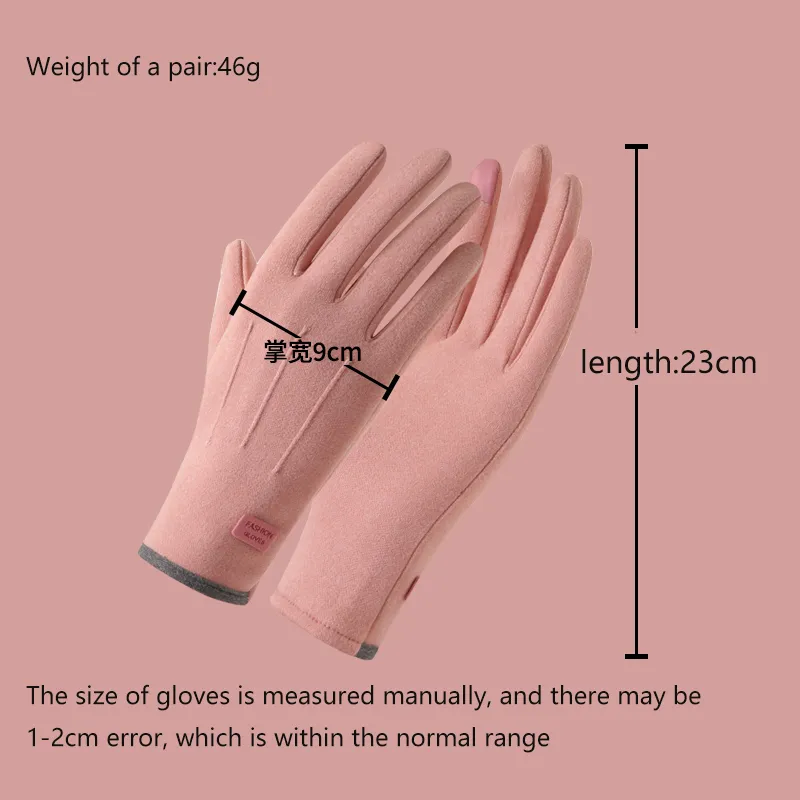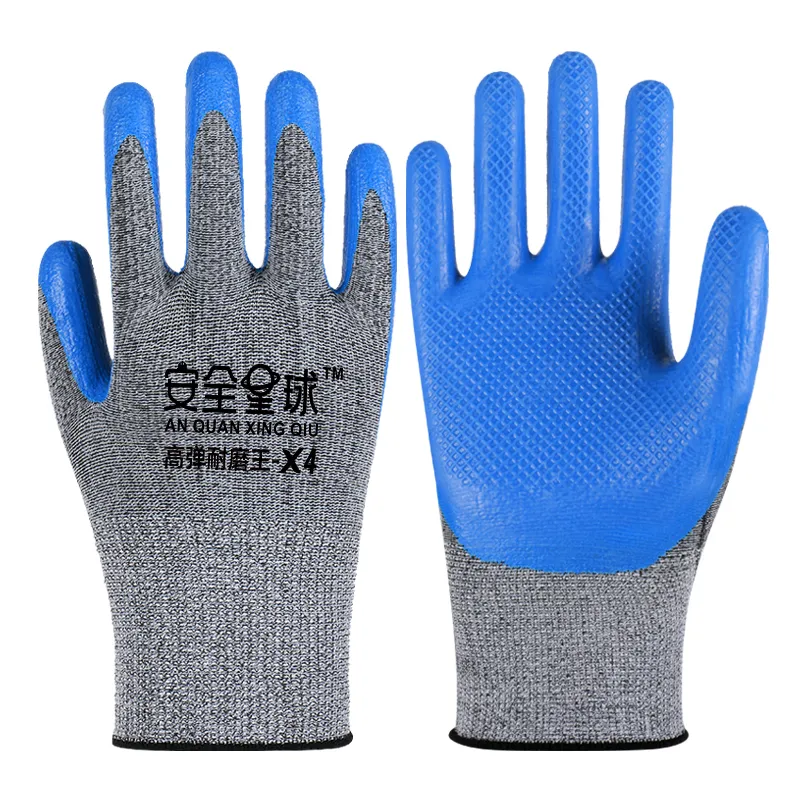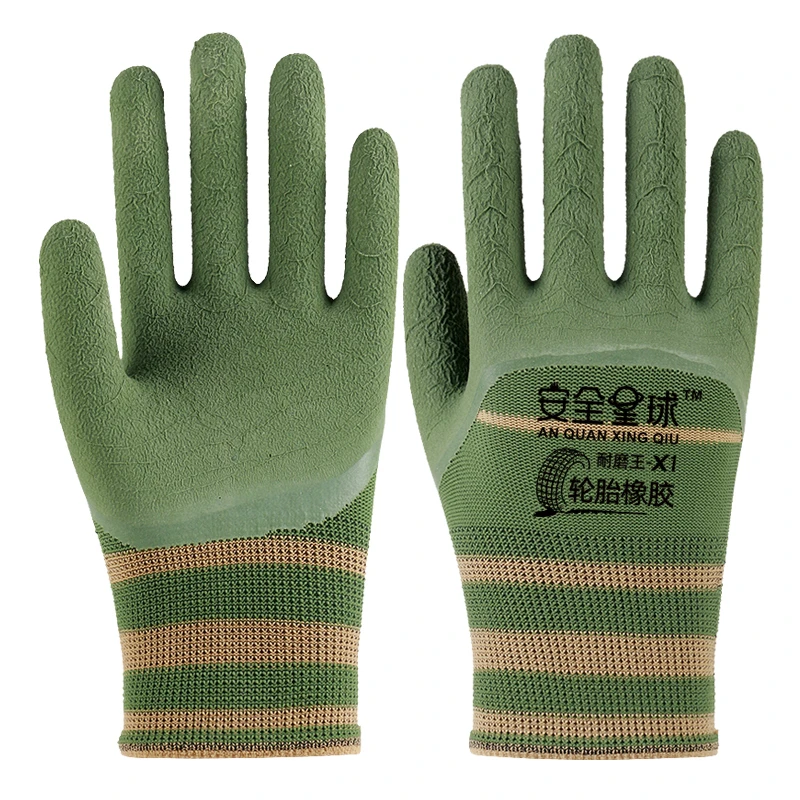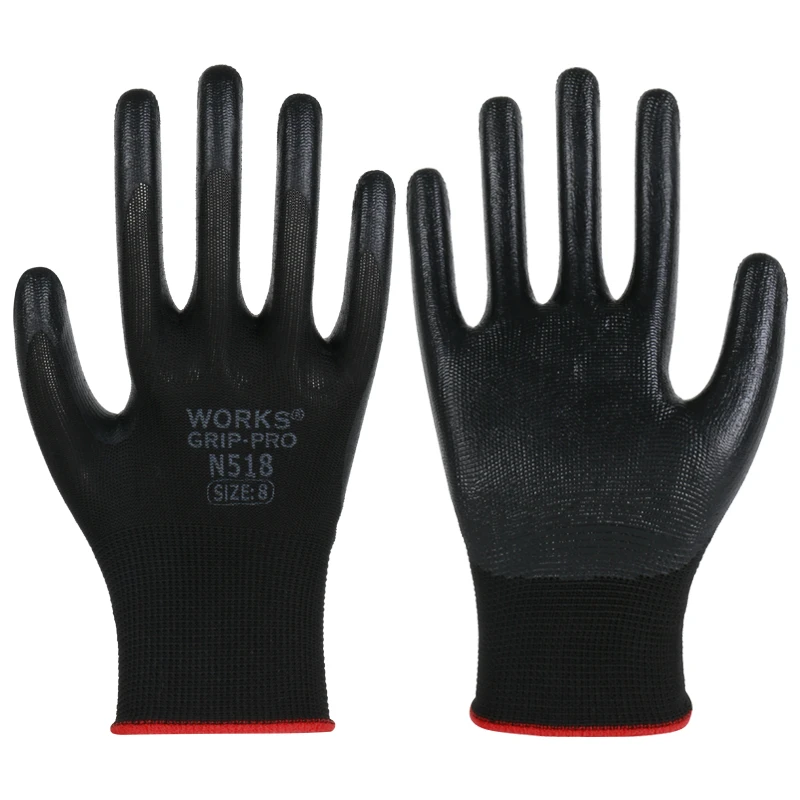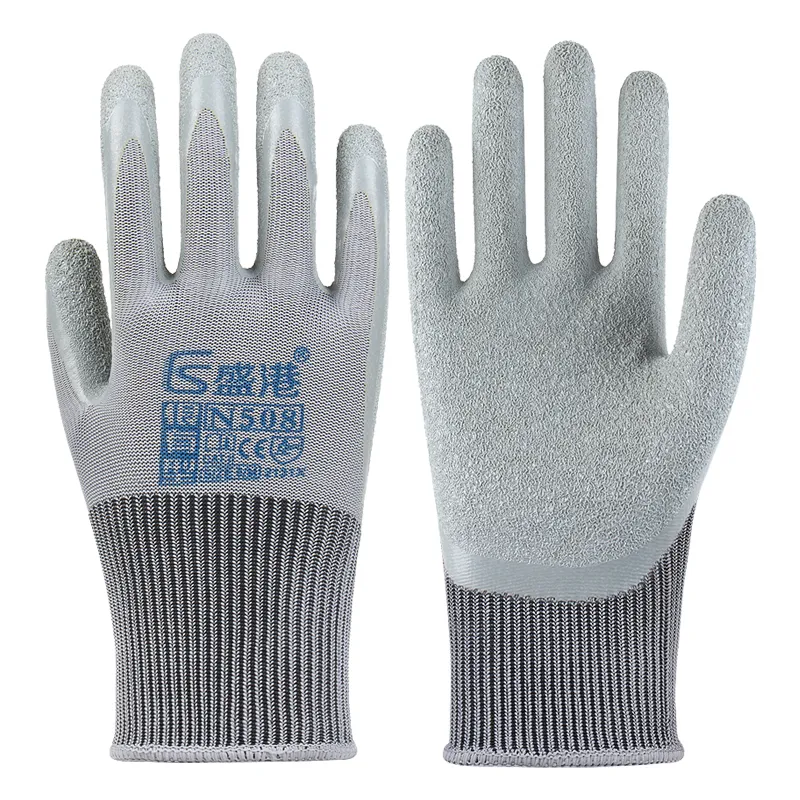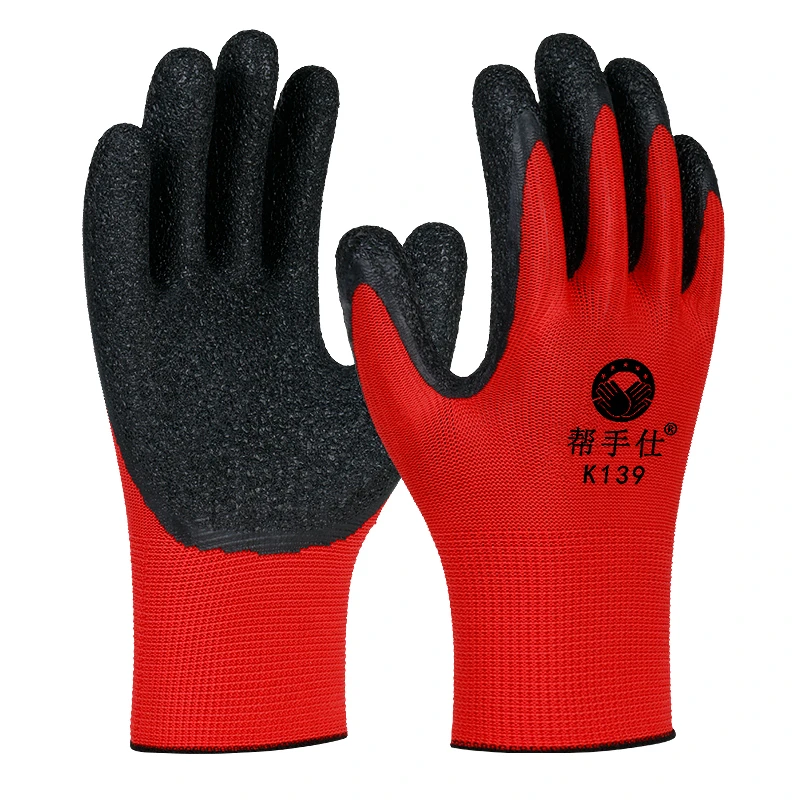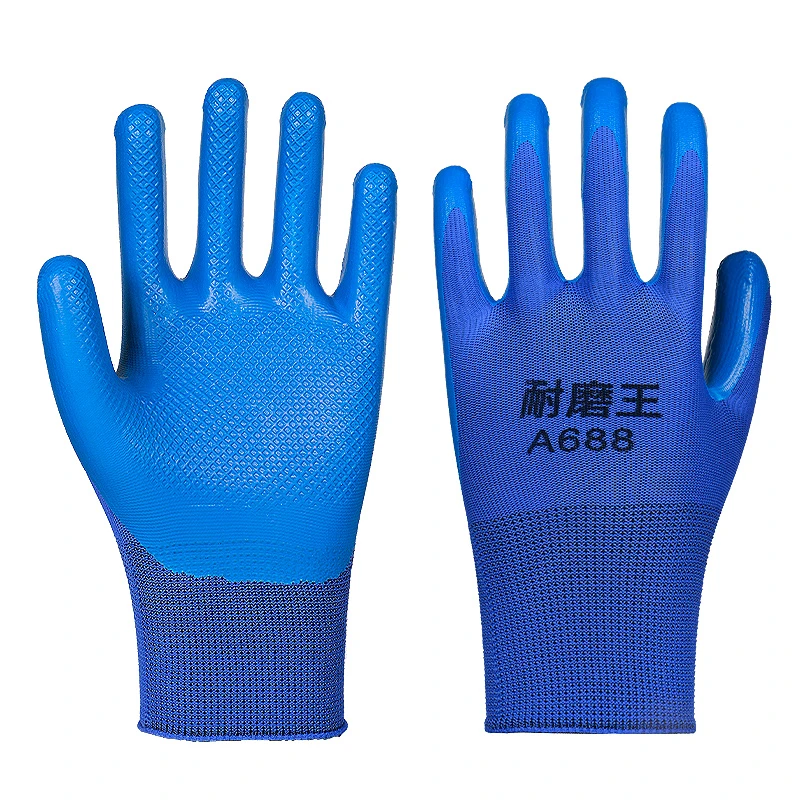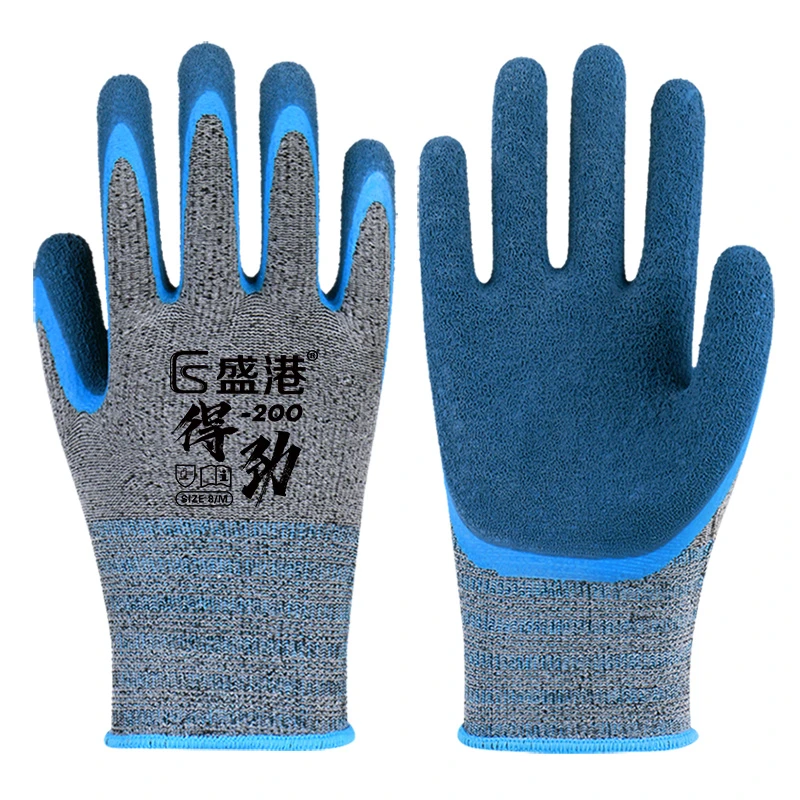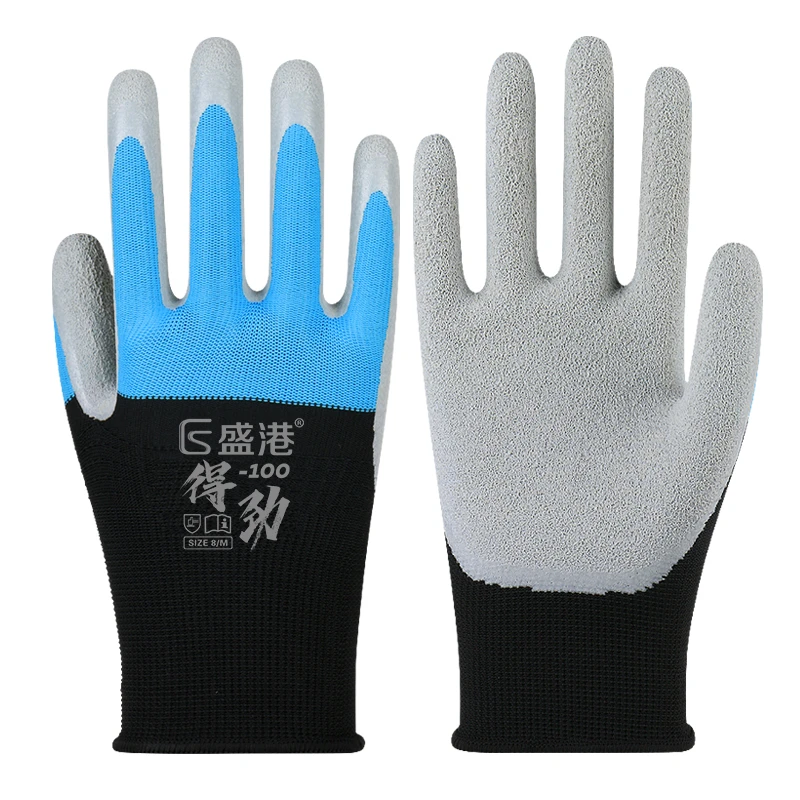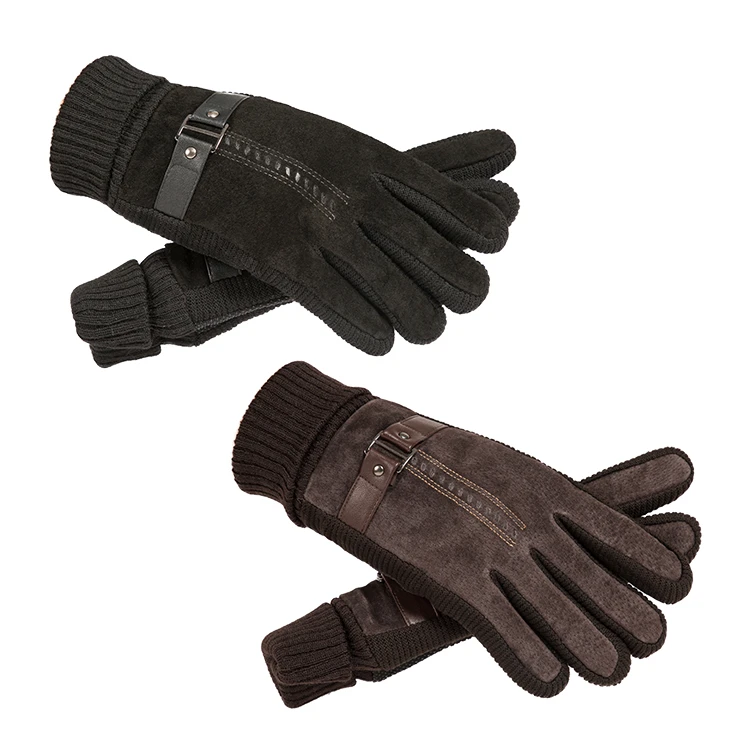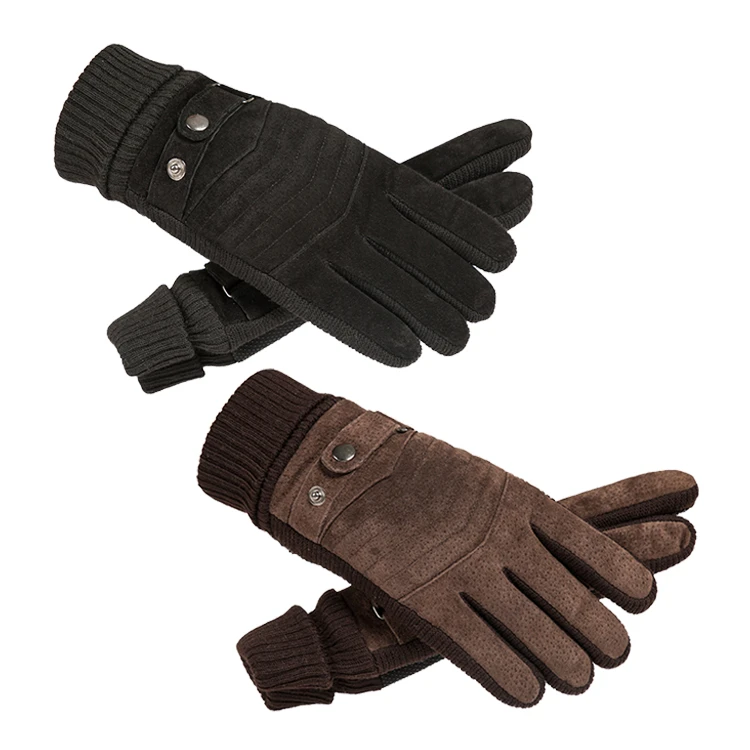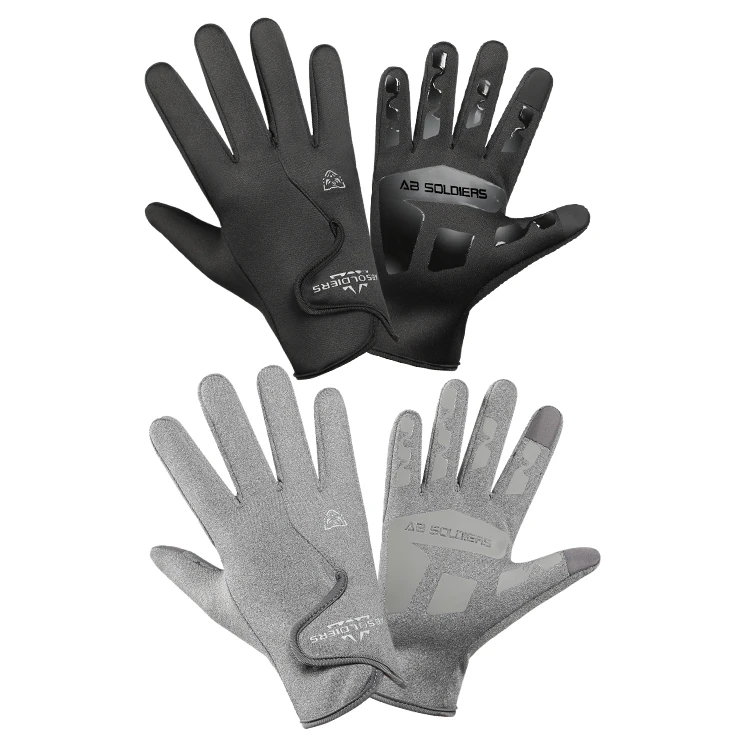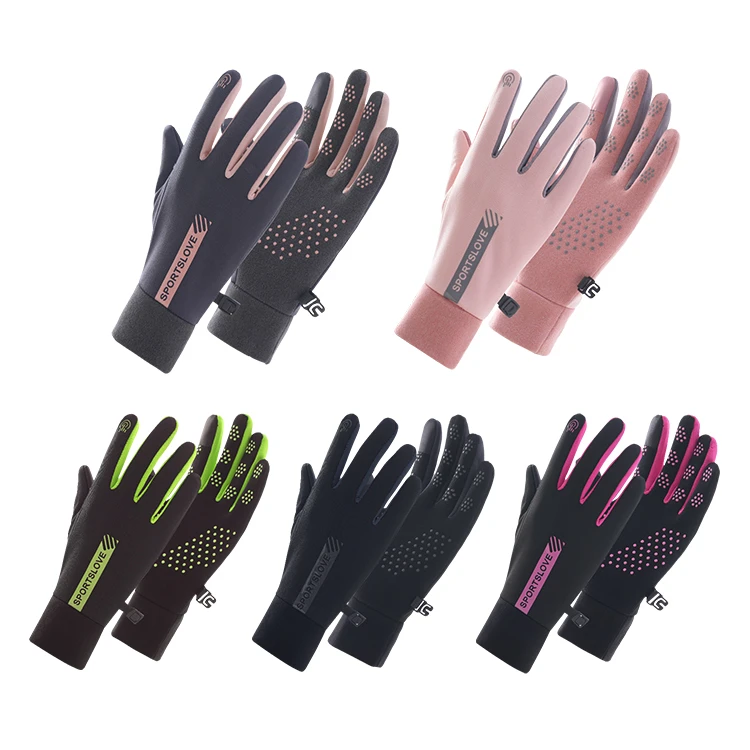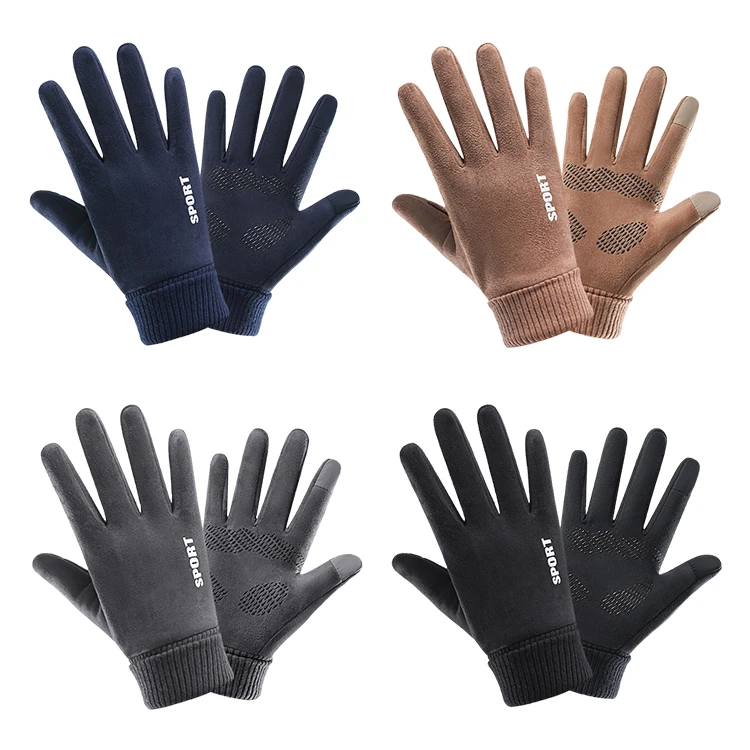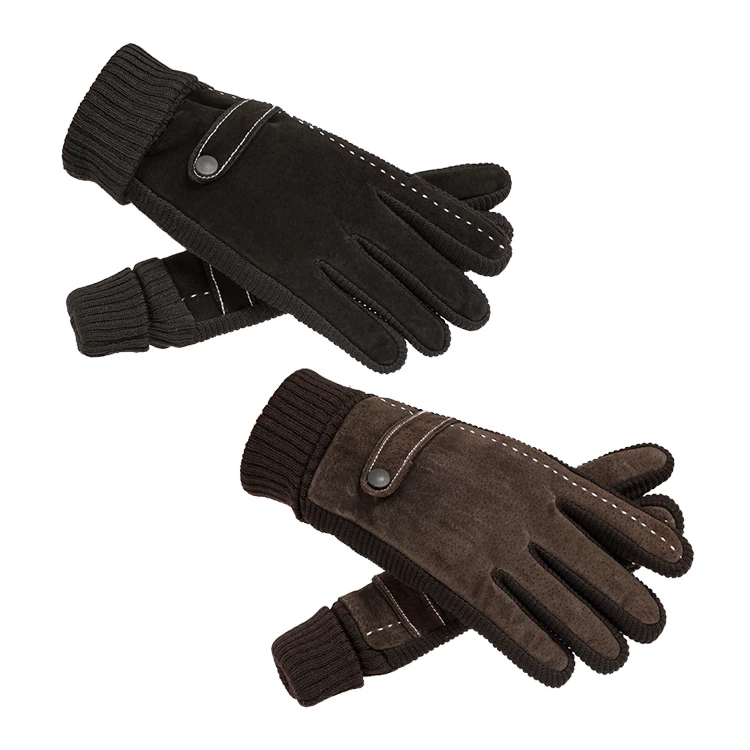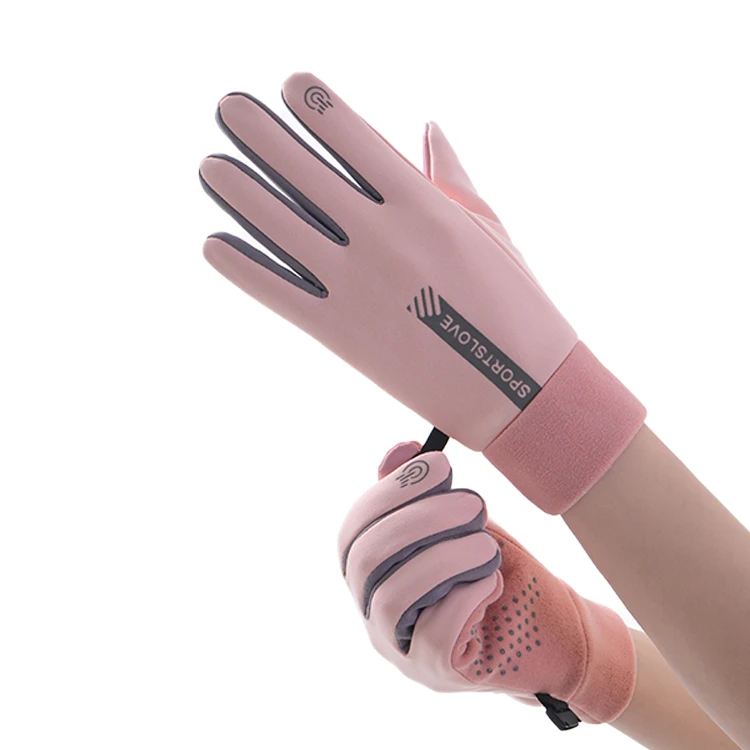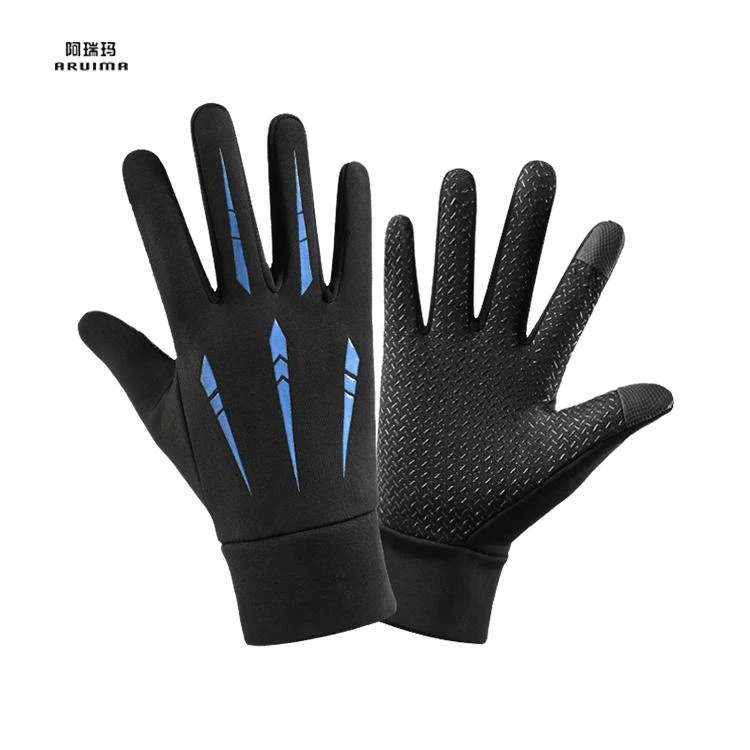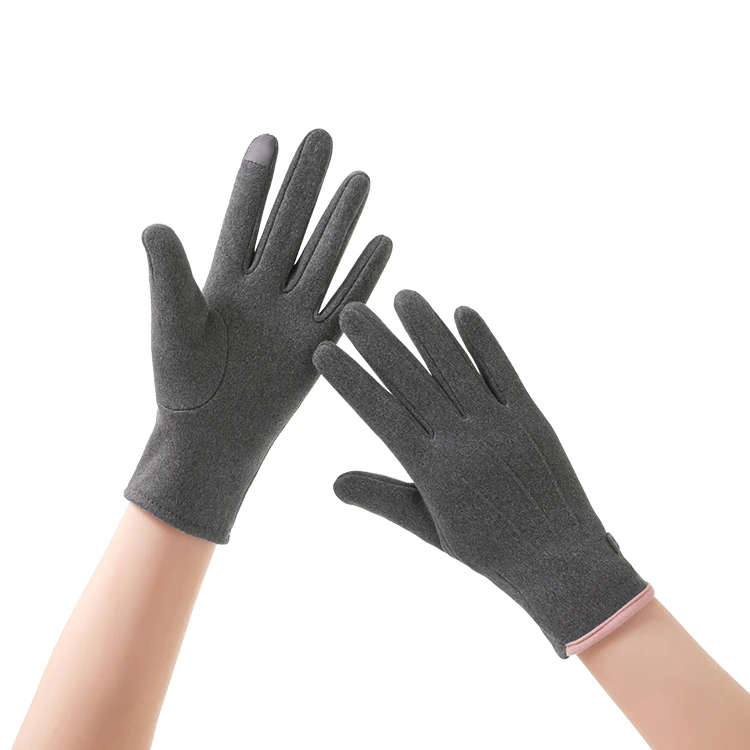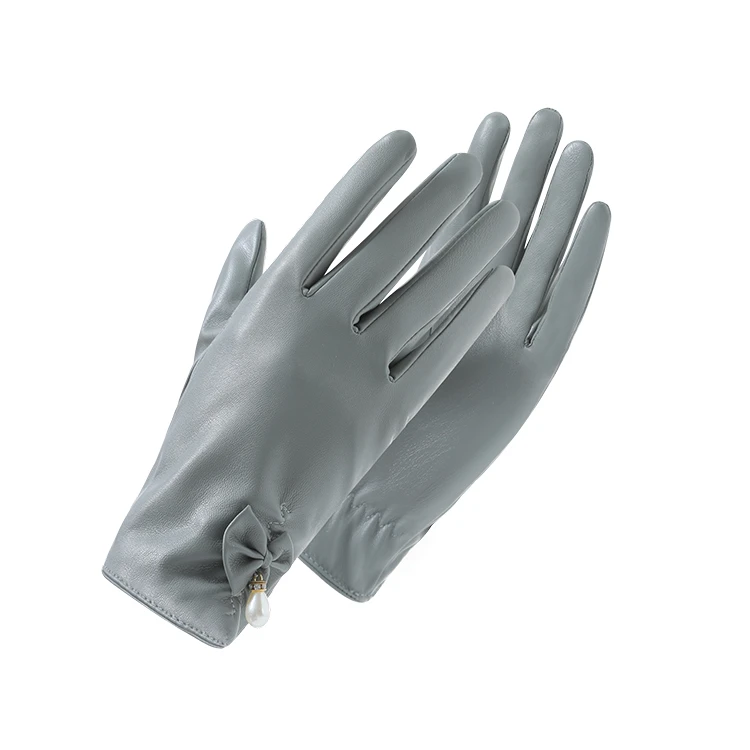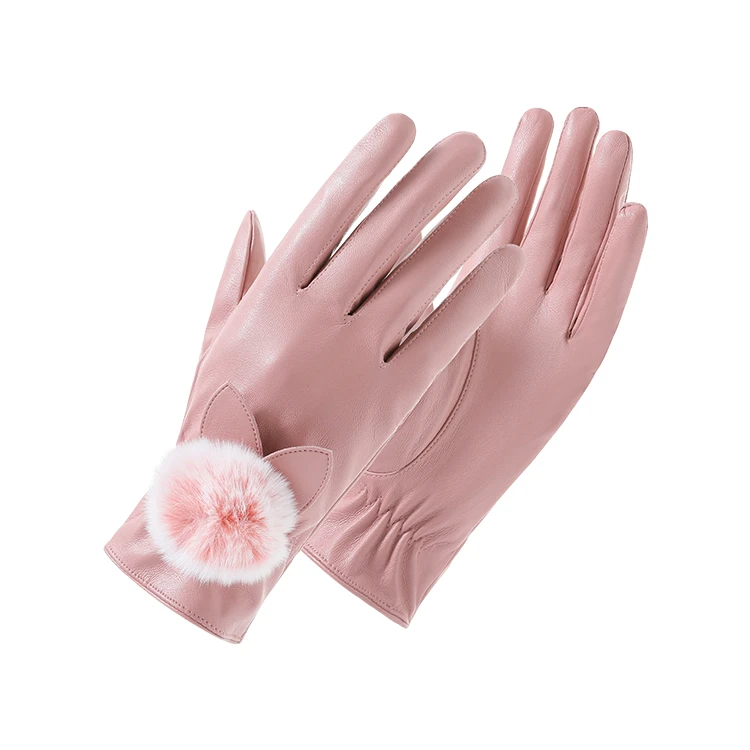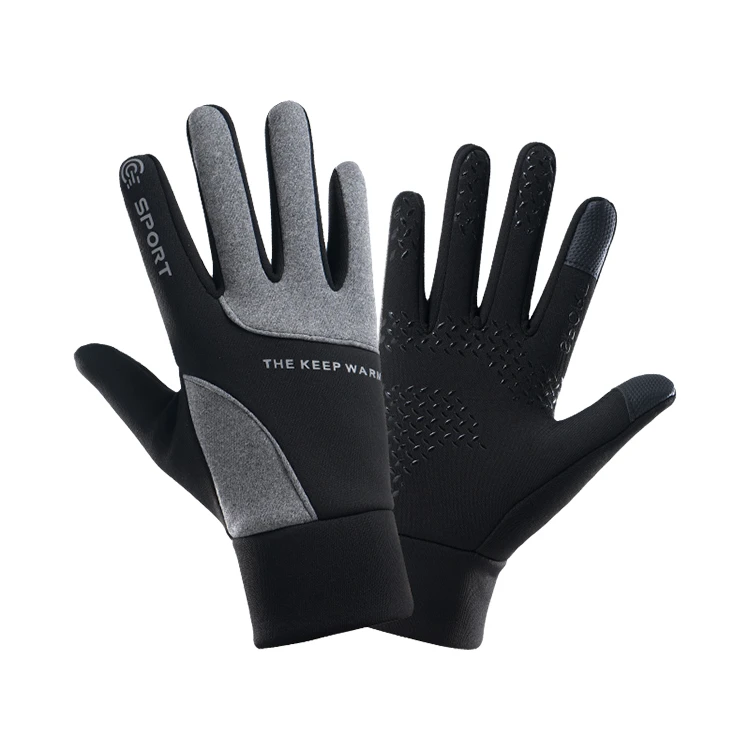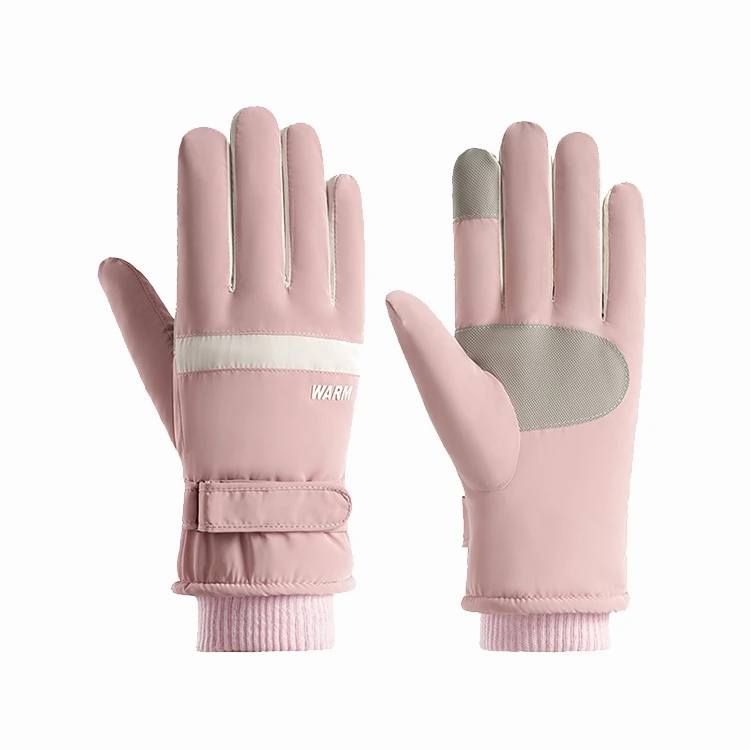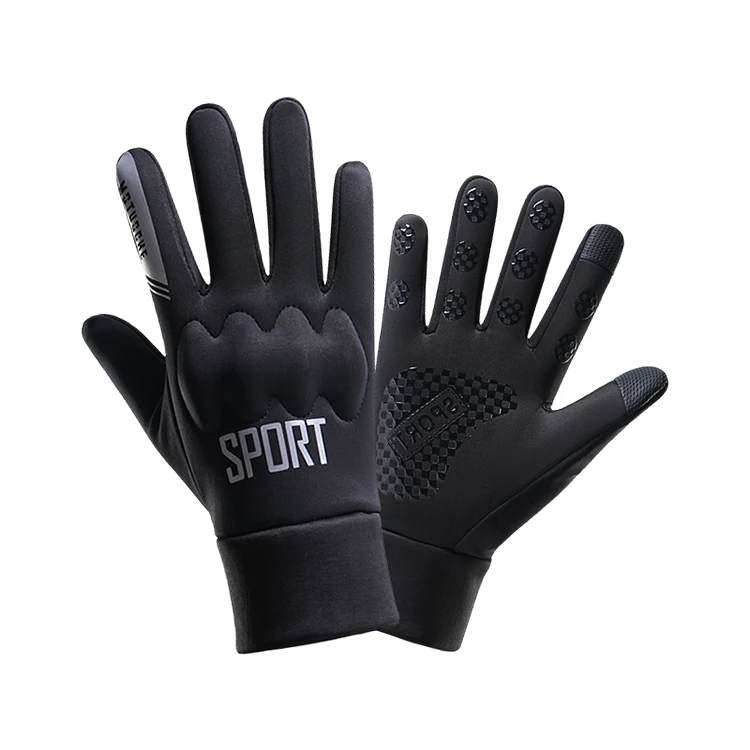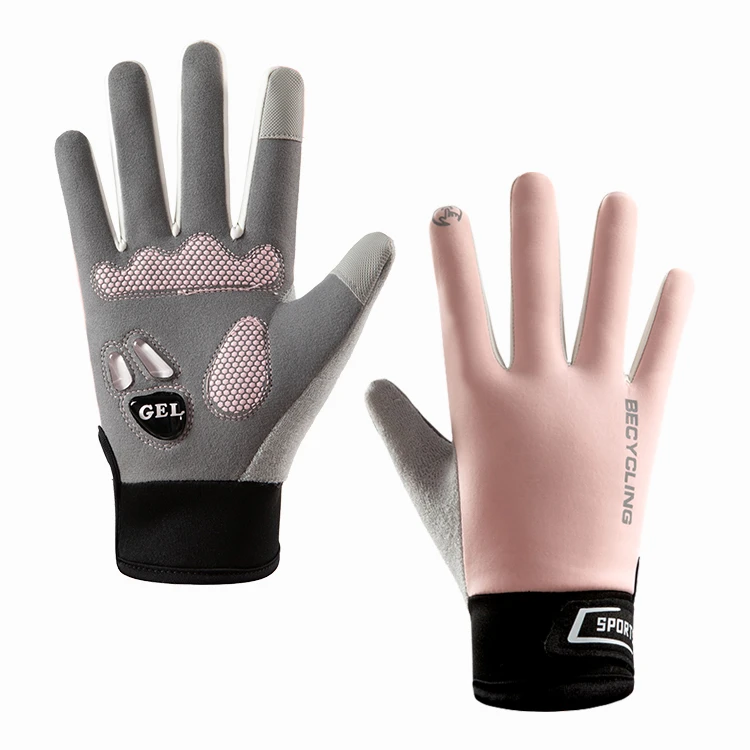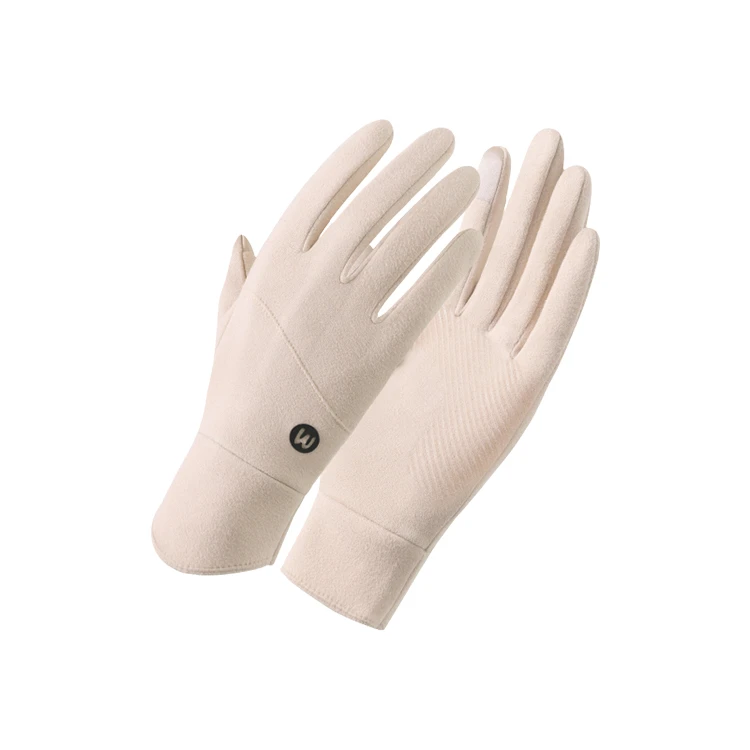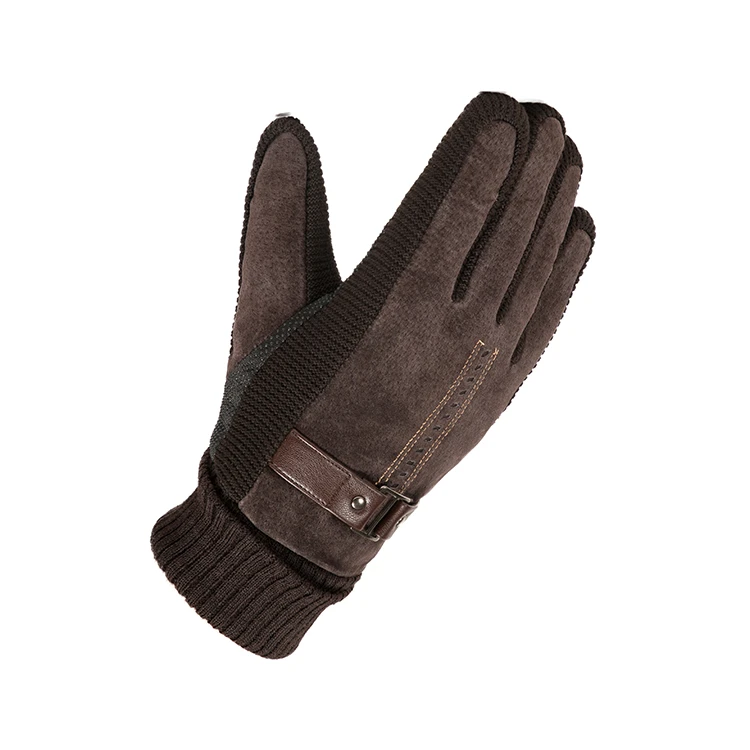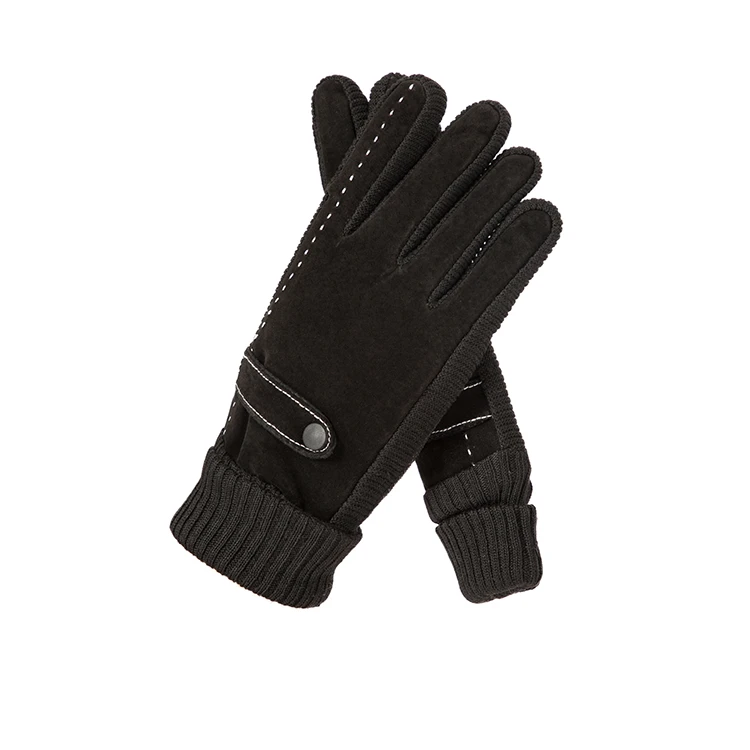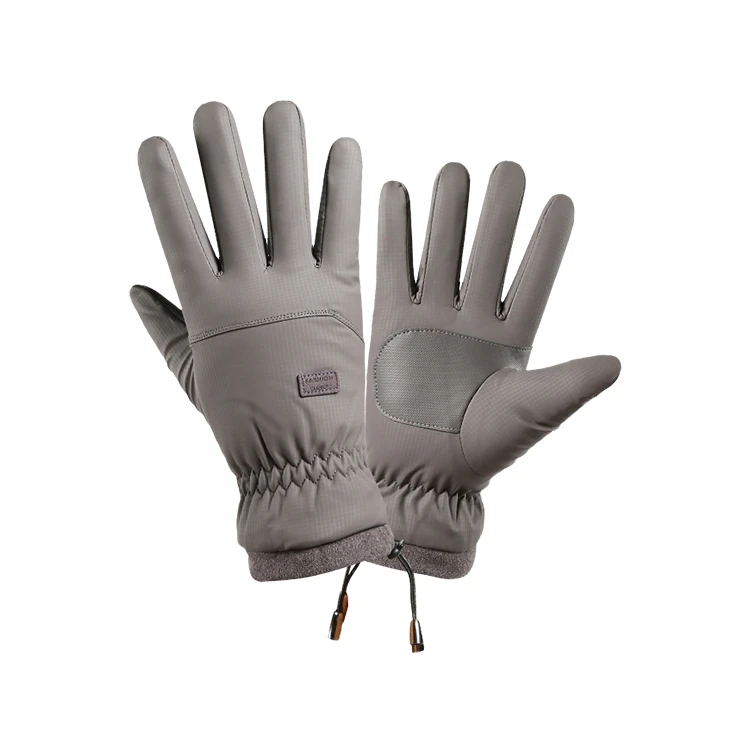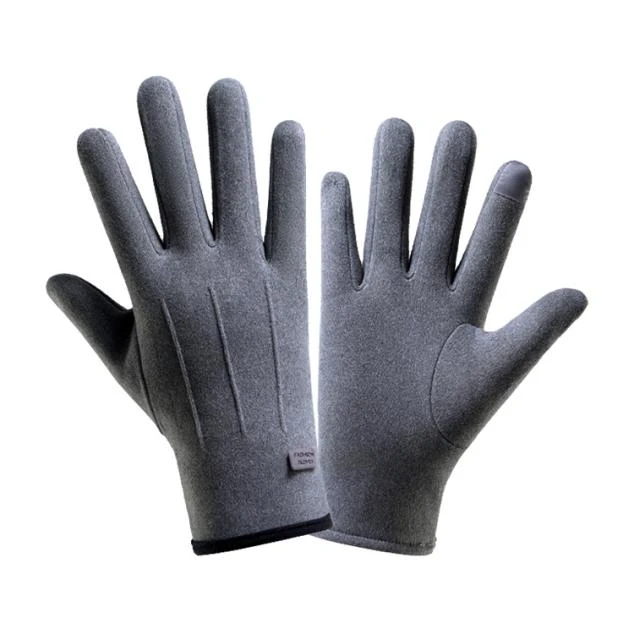|
size |
free size |
|
coating material |
silica gel |
|
structure |
suture |
|
gasket |
cotton cloth |
|
length |
24cm |
|
colour |
black |
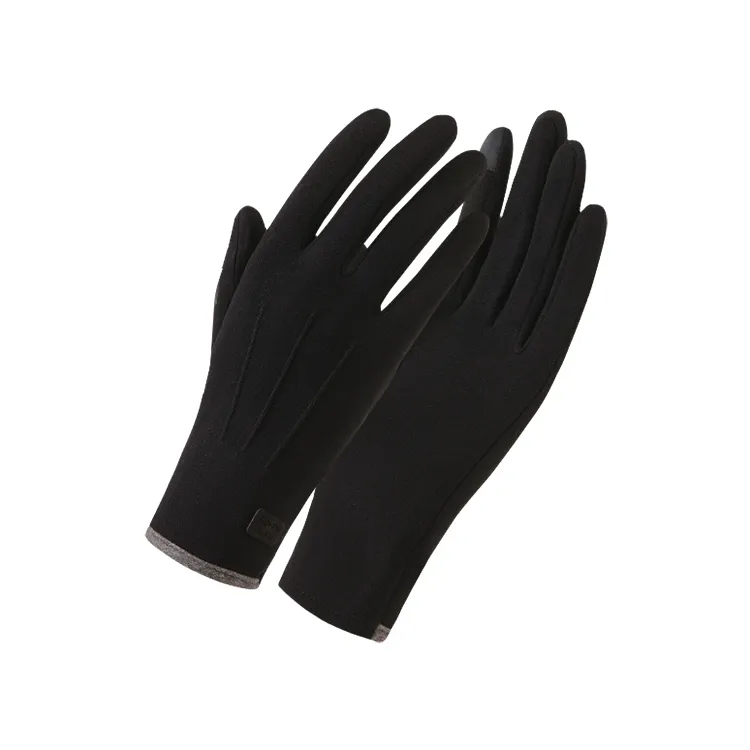
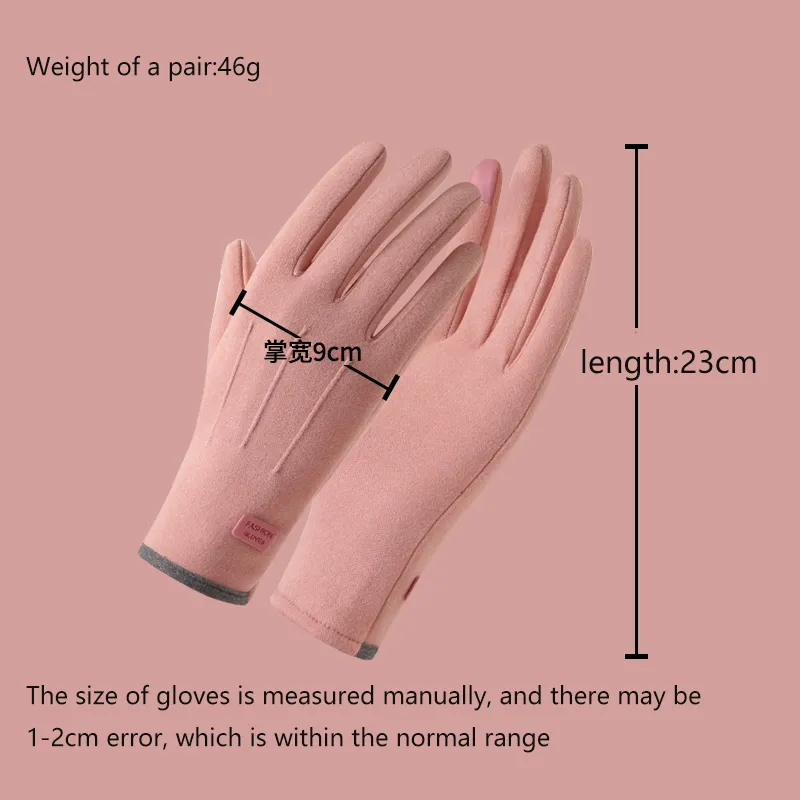
Ergonomic non-slip design
Elastic fabric keeps warm and comfortable
Fingertips touch the screen to free your hands
Full hand non-slip fit hand shape
67*28*52。16.72Kilo or so 200 pairs






What Makes Gloves Windproof?
When it comes to outdoor activities in cold and windy conditions, having the right gear is essential. One of the most important pieces of equipment for keeping your hands warm and protected is a good pair of windproof gloves. But what exactly makes gloves windproof, and why is it so crucial for outdoor enthusiasts? In this article, we will explore the features and materials that contribute to the windproof nature of gloves, ensuring that you stay warm and comfortable during your adventures.
Windproof gloves are designed to block the wind from penetrating the fabric, which is essential for maintaining warmth. When the wind blows, it can strip away the layer of warm air that surrounds your skin, leading to a rapid drop in temperature. This phenomenon, often referred to as the wind chill effect, can make even mildly cold temperatures feel frigid. Therefore, windproof gloves are engineered to create a barrier against this chilling effect.
The materials used in the construction of windproof gloves play a significant role in their effectiveness. Many windproof gloves are made from synthetic fabrics such as nylon or polyester, which are known for their durability and resistance to wind. These materials are often treated with a special coating or laminate that enhances their windproof properties. For instance, gloves made with Gore-Tex or similar membranes provide an excellent barrier against wind while also allowing moisture to escape, keeping your hands dry and comfortable.In addition to synthetic materials, some windproof gloves incorporate natural fibers like wool or fleece. While these materials are not inherently windproof, they can be combined with wind-resistant outer layers to create a glove that offers both warmth and protection from the wind. The key is to ensure that the outer layer is tightly woven to prevent wind from penetrating.
Beyond materials, the design of windproof gloves also contributes to their effectiveness. A snug fit is crucial for windproofing, as loose gloves can allow cold air to enter. Many windproof gloves feature adjustable cuffs or elastic bands that help seal the opening around the wrist, preventing wind from sneaking in. Additionally, some gloves come with a longer cuff that extends over the wrist, providing extra coverage and insulation.Another important design feature is insulation. Windproof gloves often incorporate insulation materials such as Thinsulate or down, which trap heat and provide additional warmth. The combination of windproof materials and insulation ensures that your hands stay warm even in the harshest conditions.
While windproofing is essential, it’s equally important for gloves to be breathable. If gloves trap moisture inside, they can lead to clammy hands, which can be uncomfortable and counterproductive in cold weather. Many modern windproof gloves are designed with breathability in mind, allowing sweat and moisture to escape while still blocking the wind. This balance is crucial for maintaining comfort during prolonged outdoor activities.
Windproof gloves are a vital piece of gear for anyone who spends time outdoors in cold and windy conditions. The combination of high-quality materials, thoughtful design features, and insulation work together to create a barrier against the wind, keeping your hands warm and comfortable. When choosing windproof gloves, look for those made with durable, wind-resistant fabrics, a snug fit, and breathable properties. With the right pair of windproof gloves, you can enjoy your outdoor adventures without the discomfort of cold, wind-chilled hands.
